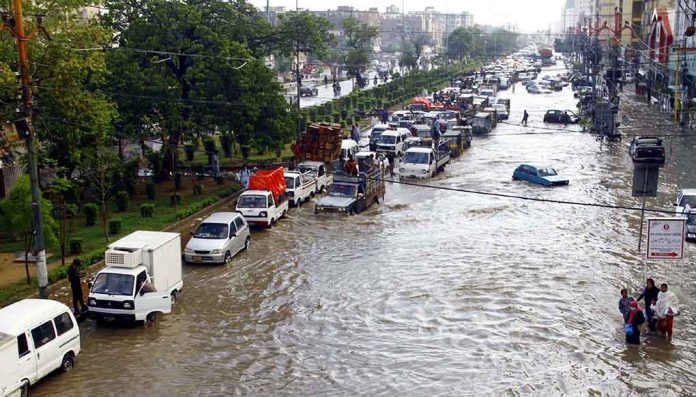
(StraightNews.org) – Hundreds of people have died in East Africa after monsoon rains caused severe flooding. Tanzanian Prime Minister Kassim Majaliwa announced on April 26 that 155 people had been killed, and roads and other crucial infrastructure were destroyed. He urged people to move to higher ground. Similarly, in Kenya, 70 people were reported dead, with several bodies retrieved from flooded houses and rivers with burst banks.
Kenyan government spokesperson Isaac Mwaura said 32 people had died in the capital, Nairobi, while several others were killed in the Rift Valley region, the worst affected in the country. Following a meeting of Kenya’s disaster response committee, the government said that 120,000 people were displaced, and more than two dozen people had reported injuries or missing persons. The government has set aside $24.5 million for relief.
Schools were particularly badly hit in Nairobi, with almost a third affected. Deputy President Rigathi Gachagua said that he expects them to reopen soon, even though weather experts predict that the worst may be yet to come.
In Tanzania, Kassim Majaliwa explained to Parliament that the flooding is caused by the El Niño weather phenomenon, which he says has worsened the monsoon season. Last year, the US National Oceanic and Atmospheric Administration (NOAA) declared that El Niño significantly impacts weather and push temperatures up. Climate scientist Michelle L’Heureux said, “El Niño can cause a range of impacts, such as increasing the risk of heavy rainfall and droughts.”
El Niño is a climate pattern emerging from warmer-than-average water temperatures in the equatorial Pacific Ocean. The Australian Bureau of Meteorology said it ended last summer, but its effects could still be felt. Its opposite is La Nina, which emerges from colder-than-average sea temperatures. According to experts, both greatly impact global weather.
During an El Niño pattern, warm water is closer to the surface and more widely spread, releasing heat into the atmosphere. Meteorologists say that the summer of 2023 was the hottest on record, partly because of El Niño.
Copyright 2024, StraightNews.org













